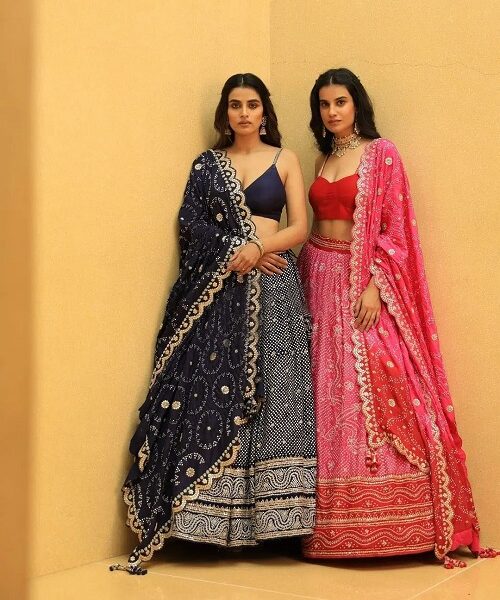
Bandhani Lehengas : Traditional Fashion !
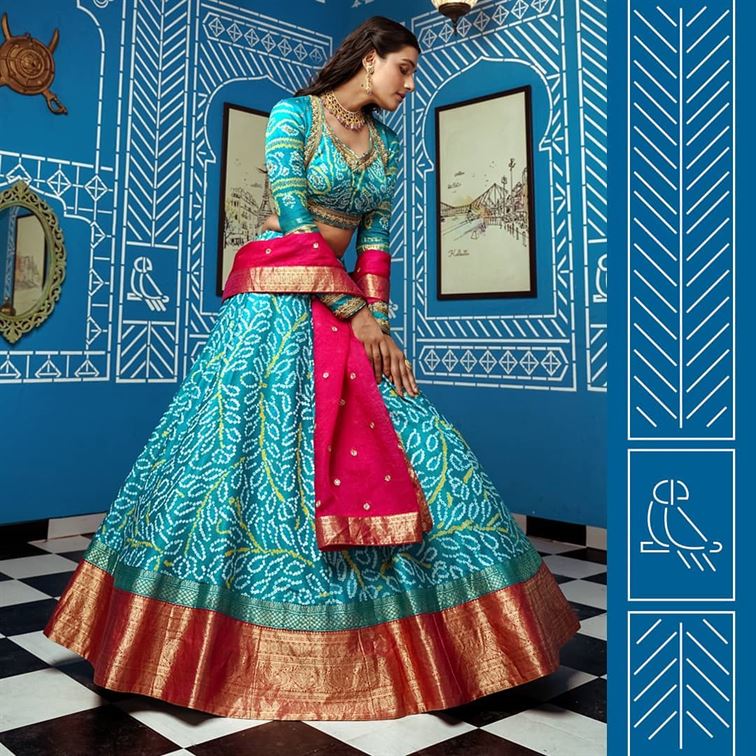
‘The word Bandhani has been derived from the Hindi/ Sanskrit words ‘Bandhna’ and ‘Bandha’, meaning ‘tying’ or ‘to tie’. It is just another variation of the same word. So essentially, It refers to the traditional Indian ‘tie and dye‘ art (resist-dyeing technique that uses impermeable threads for tying), used to produce beautiful, fine patterns on fabrics.’ bandhej lehengas is the best for any special occasions. bandhani lehengas you can wear at navratri festival also.
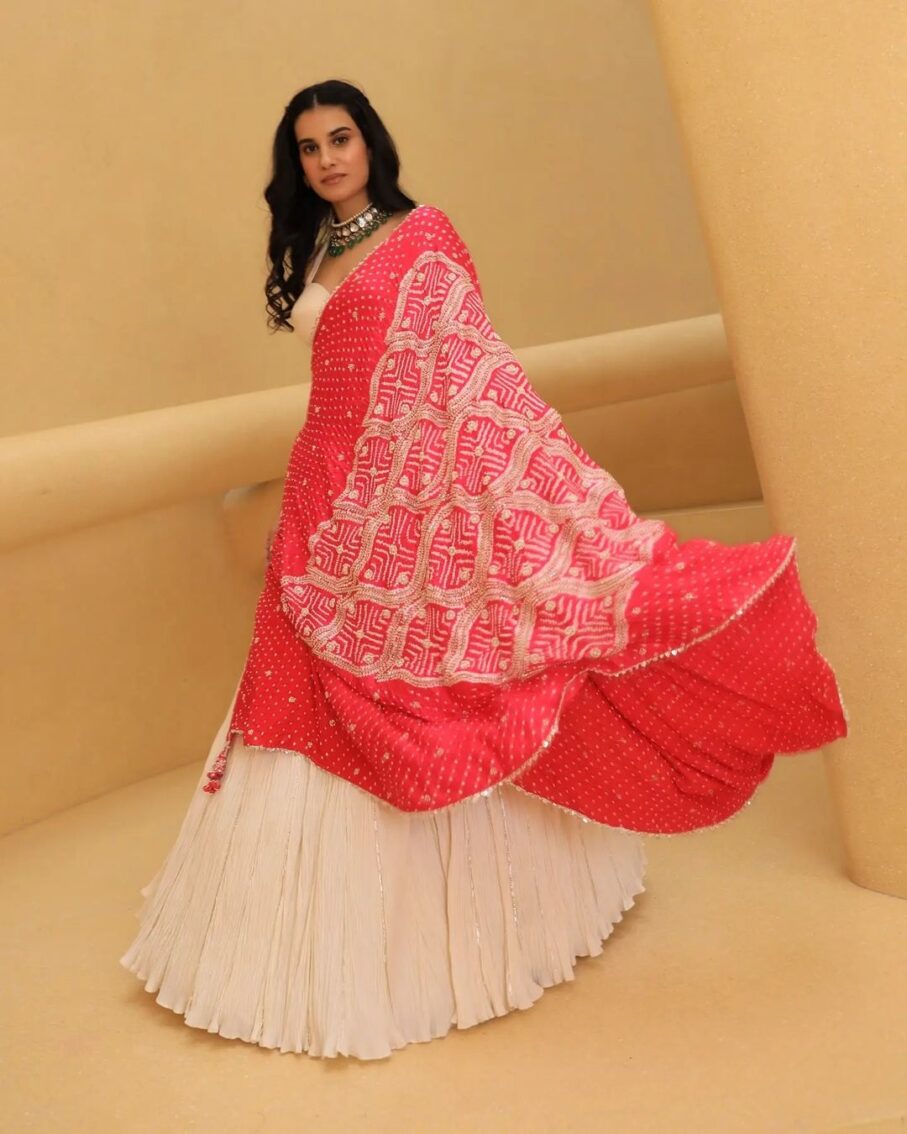
The vivid colors of Rajasthan, folk dancers twirling away in their bright bandhani lehengas and majestic turbans are the kind of images that our mind conjures up when the word BANHDANI is mentioned, it is THAT symbolic a heritage of the desert state. Seems like it isn’t just an art or a fabric, it is a whole emotion, one that is full of the most vivid hues of our rich culture. Besides being one of the most sparkling jewels in the crown of Rajasthani handicrafts, Bandhej is also popular in states of Gujarat, and parts of Uttar Pradesh as well.
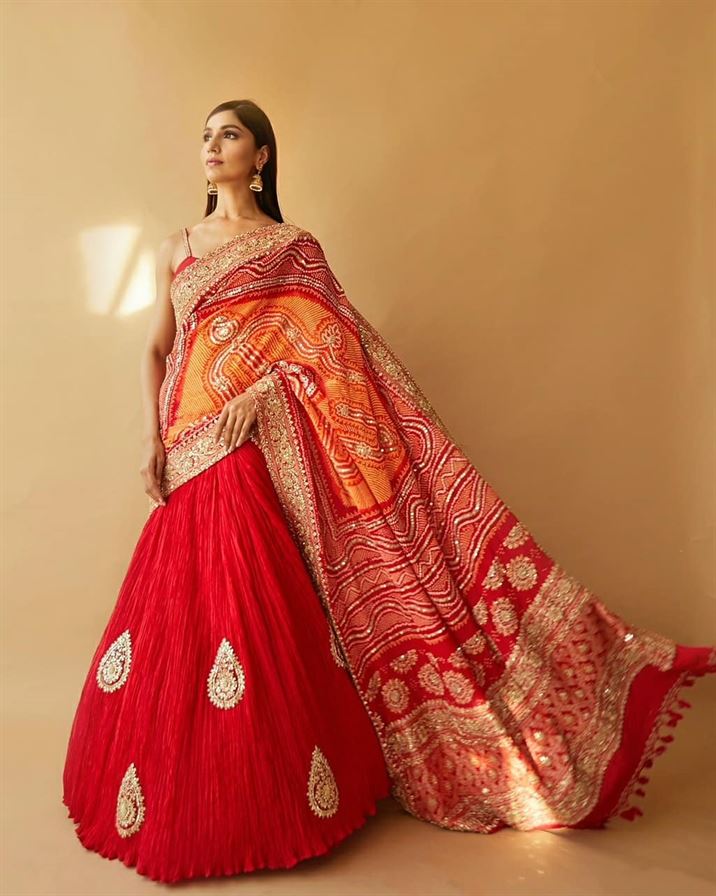
In India, Bandhani work was started by the Khatri community of Gujarat. Towns in Rajasthan like Jaipur, Sikar, Bhilwara, Udaipur, Bikaner, Ajmer, and Jamnagar in Gujarat are the well-known centers that produce world-class Bandhej odhnis, sarees, and turbans. It is an ancient form of art that hasn’t just survived over time but also grown from strength to strength.
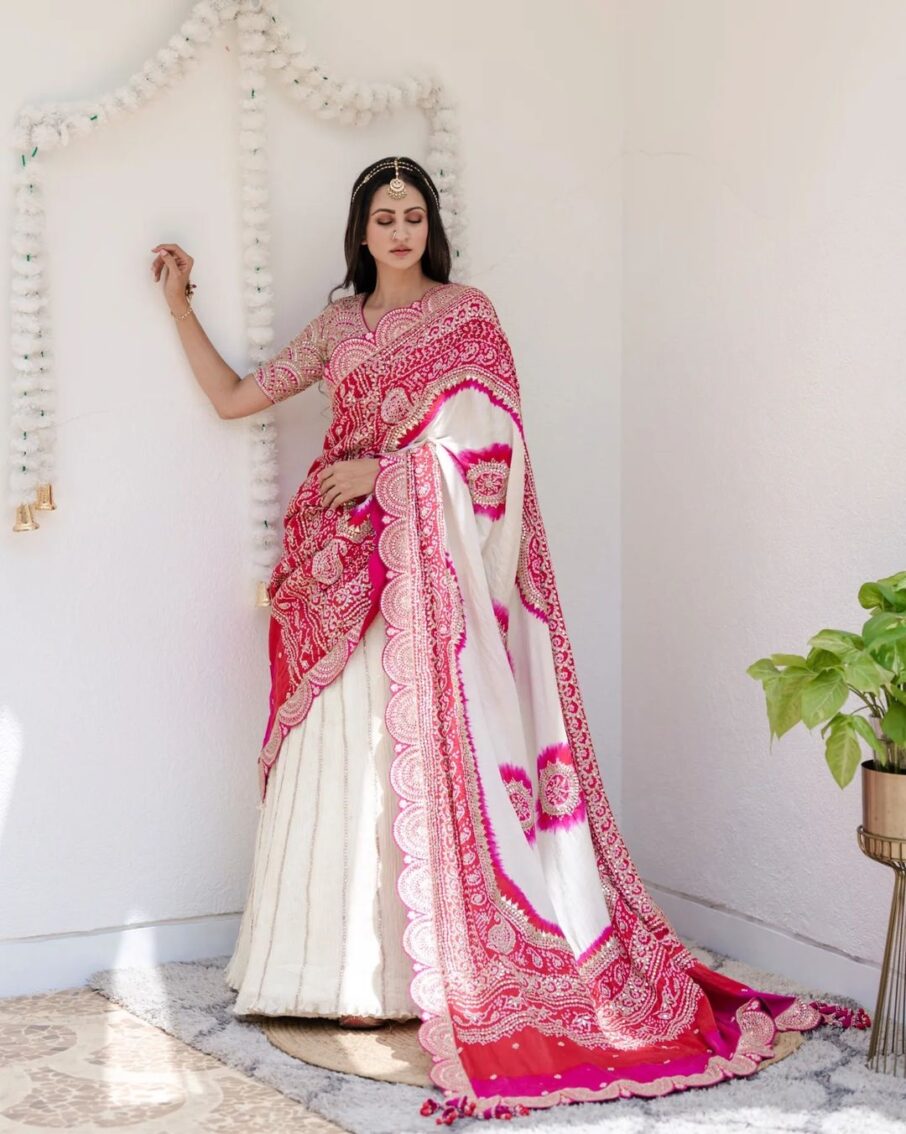
Traditionally, Bandhani sarees were made only using cotton and muslin cloth but with changing times and the need for innovation, producers started making Bandhani prints on georgette, silk, cotton-silk, viscose and other variants of cotton too. Each fabric has a unique nature so the effect of this art varies according to the nature of the fabric used as well.
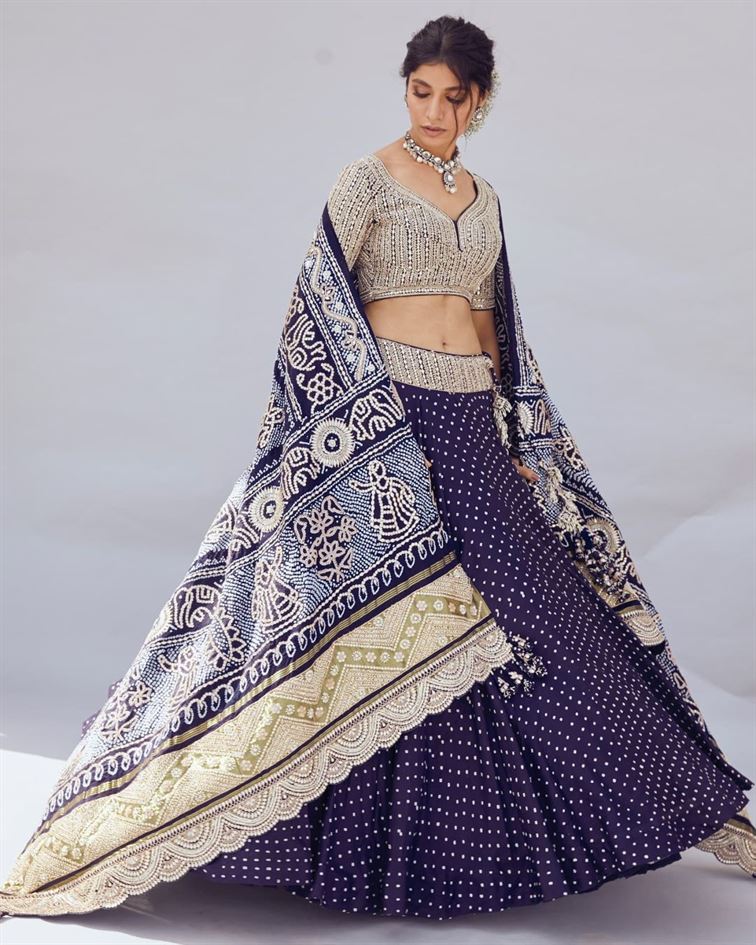
Bandhani being such a vivacious craft finds itself deeply connected to auspiciousness. It makes use of dark, deep tones, but usually begins with lighter hues. Yellow is the first color to start off with and then more dyeing and re-dyeing is done using Reds, maroon, ochre, tangerine, indigo blues, turquoise blue, and deep greens. Nowadays, other shades are also included in the Bandhani palette such as purple, mustard yellow, beige, pink and even black.
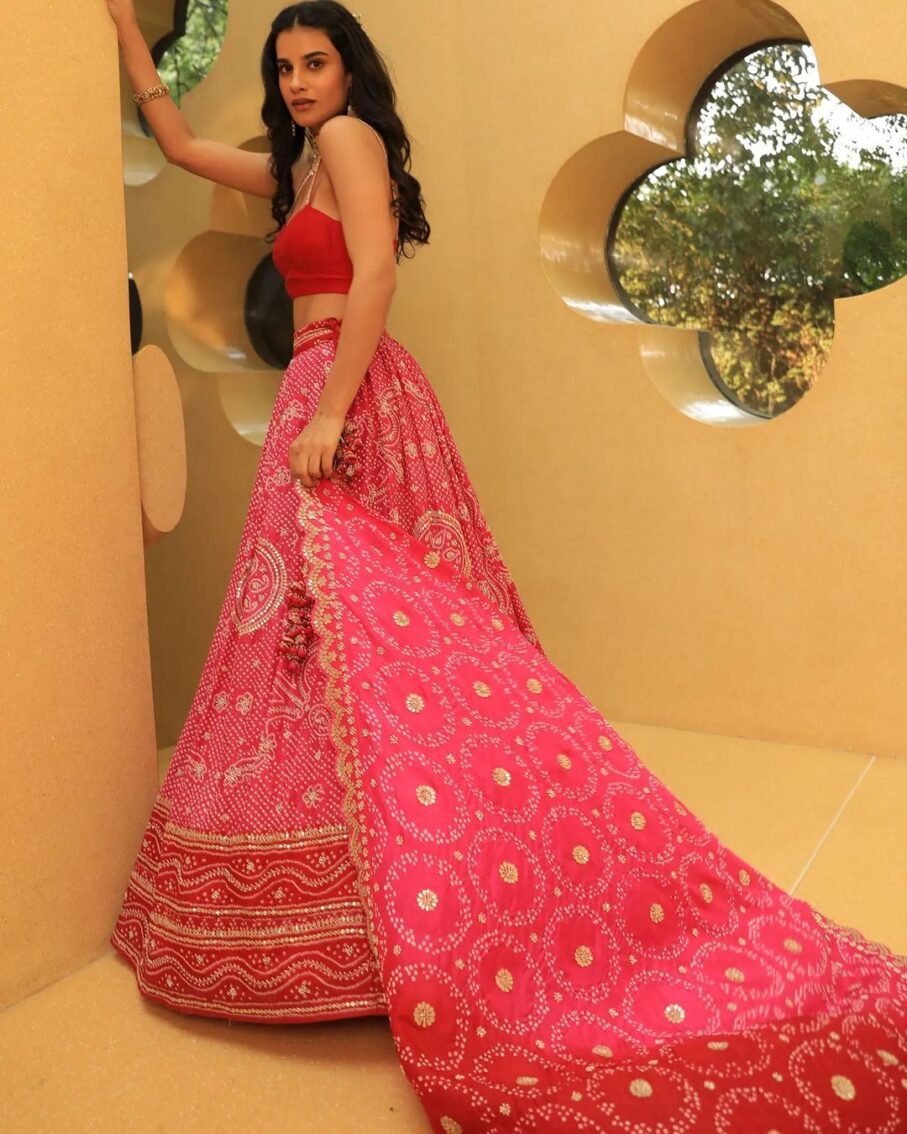

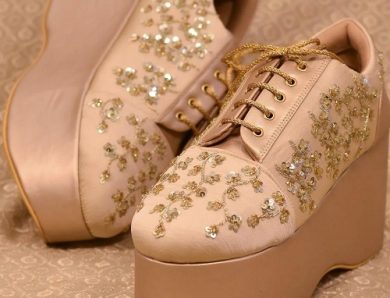
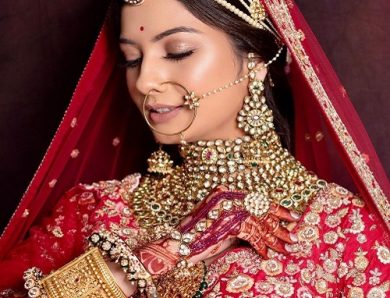
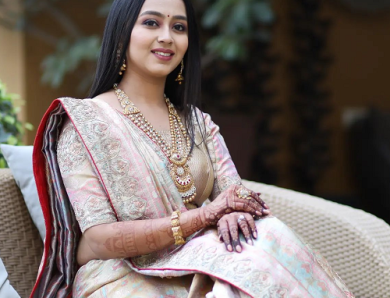
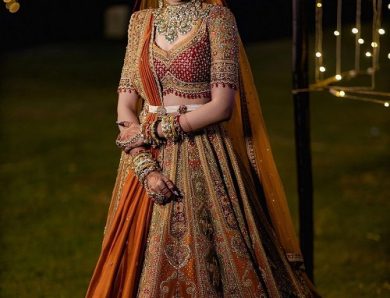
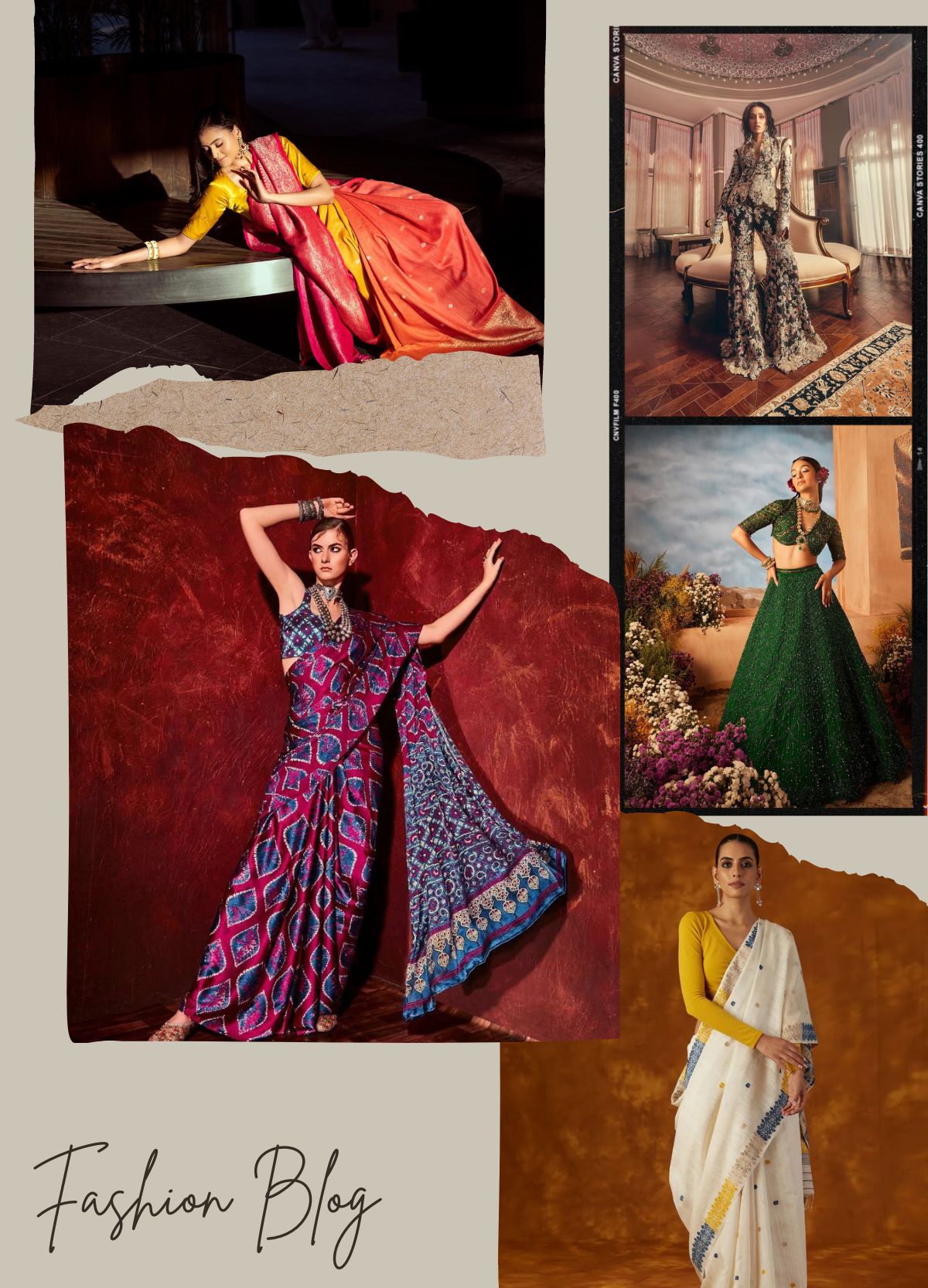
[email protected]